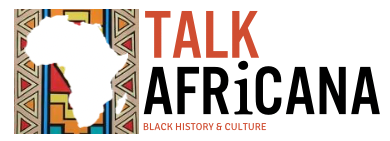Mapped by Sebastian Münster, the map below is the earliest obtainable map of the whole continent of Africa.

The map was published in the 1552 edition of Sebastian Münster’s Cosmographia. By soliciting detailed descriptions and maps from German scholars and foreigners, Münster became the first mapmaker to print separate maps of the four then known continents (Europe, Africa, Asia, America).
Münster’s map of Africa features a galleon, mountains, rivers, assorted kings crowns, an elephant filling Southern Africa, a dense forest located in today’s Sahara Desert, and a one eyed giant that is said to represent the mythical tribe of the Monoculi. Several kingdoms are noted, including “Meroë,” the mythical tombs of the Nubian kings. Few coastal towns are noted, and there is no Madagascar yet.

The large box of text contains a guide to sailing from Cadiz in Spain to Calecut in India, describing a route which essentially avoids Africa.
Sebastian Münster was able to draw the map by soliciting descriptions and maps from German scholars and foreigners.
Who Was Sebastian Münster?
 Sebastian Münster (20 January 1488 – 26 May 1552) was a German cartographer, cosmographer, and a Christian Hebraist scholar.
Sebastian Münster (20 January 1488 – 26 May 1552) was a German cartographer, cosmographer, and a Christian Hebraist scholar.
Originally a scholar studying Hebrew, Greek and mathematics, Sebastian Munster eventually specialised in mathematical geography and cartography. It was this double ability – as a classicist and mathematician – that was to prove invaluable when Munster set himself to preparing his two greatest works, the “Geographia” and “Cosmographia”.
One consequence of Munster’s work was that it made him the first to introduce a separate map for each of the four then known continents (Europe, Africa, Asia, America). This he was able to achieve through his books (the “Geographia” and “Cosmographia”). Munster was also responsible for diffusing the most up-to-date geographical information throughout Europe.
Sources:
maps: https://www.maphouse.co.uk/antique-maps/africa/south-east/M4126-munsters-map-of-africa-first-available-map/
https://lib-dbserver.princeton.edu/visual_materials/maps/websites/africa/maps-continent/continent.html


